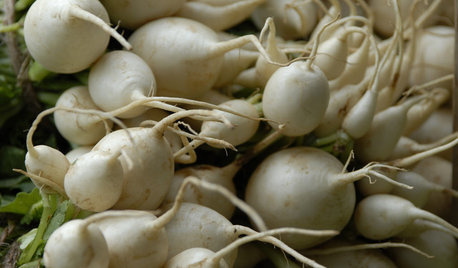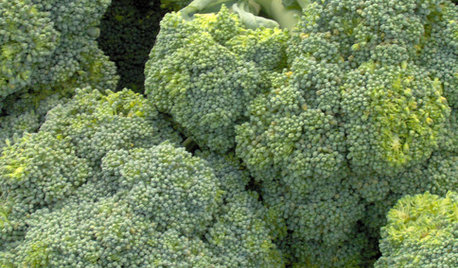Miracle Grow --- How Often?
Fred_in_Maine
18 years ago
Featured Answer
Comments (8)
lighter
18 years agolast modified: 9 years agoRelated Professionals
Eden Prairie Landscape Architects & Landscape Designers · Rancho Cordova Landscape Architects & Landscape Designers · Gaithersburg Landscape Contractors · Lemoore Landscape Contractors · Riverview Landscape Contractors · West Haverstraw Landscape Contractors · Chicago Ridge Landscape Contractors · Riverside Window Contractors · Goulds Window Contractors · Redwood City Window Contractors · Vista Park Window Contractors · Nashville Fence Contractors · Germantown Fence Contractors · Golden Fence Contractors · Minneapolis Fence ContractorsFred_in_Maine
18 years agolast modified: 9 years agoFred_in_Maine
18 years agolast modified: 9 years agomcav0y
18 years agolast modified: 9 years agoTyrell
18 years agolast modified: 9 years agoFred_in_Maine
18 years agolast modified: 9 years agousername_5
18 years agolast modified: 9 years ago
Related Stories

GARDENING GUIDESWhat's Wrong With My Plant? Leaves Often Hold the Clues
Learn how to identify common plant ailments by reading their leaves
Full Story
FARM YOUR YARD6 Things to Know Before You Start Growing Your Own Food
It takes time and practice, but growing edibles in the suburbs or city is possible with smart prep and patience
Full Story
SUMMER FRUITS AND VEGETABLESHow to Grow Your Own Fresh, Sweet Corn
Here's how to plant and care for your own mini cornfield
Full Story
FRUIT TREESHow to Grow Your Own Juicy Plums
Easier than other stone fruits and with a variety of colors to choose from, plums are a versatile garden addition
Full Story
EDIBLE GARDENSSummer Crops: How to Grow Tomatoes
Plant tomato seedlings in spring for one of the best tastes of summer, fresh from your backyard
Full Story
GARDENING GUIDESCool-Season Vegetables: How to Grow Turnips
Sweeter after a taste of frost, these often-overlooked root vegetables can be a surprisingly tasty part of your fall garden
Full Story0

LIVING ROOMSA Living Room Miracle With $1,000 and a Little Help From Houzzers
Frustrated with competing focal points, Kimberlee Dray took her dilemma to the people and got her problem solved
Full Story
COOL-SEASON CROPSCool-Season Vegetables: How to Grow Broccoli
Packed with vitamins, broccoli is a nutritional powerhouse and is easy to grow in a fall or spring garden
Full Story
EDIBLE GARDENSHow to Grow Your Own Luscious Cherries
Nope, they’re not the easiest fruit to grow. But with spectacular blossoms and pies as possibilities, cherries are sure worth a try
Full Story
EDIBLE GARDENSGrow Plum Hybrids for Your Favorite Fruit Flavors
Plums are cozying up with apricots, peaches and even cherries — here’s how to grow these hybrids for the best aspects of each
Full StoryMore Discussions







tapla (mid-Michigan, USDA z5b-6a)